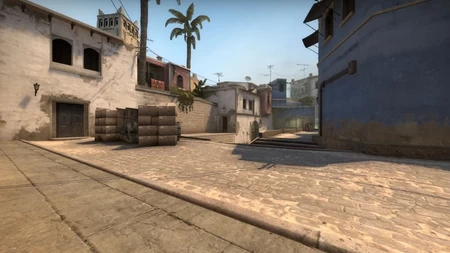The Universal Pin is rapidly gaining recognition as a groundbreaking solution for unifying gaming platforms, offering unparalleled convenience for gamers worldwide. As the gaming industry continues to evolve with a multitude of consoles, digital platforms, and game stores, players often find themselves juggling between different systems, each with its own set of logins, subscriptions, and settings. The Universal Pin is designed to eliminate these barriers by providing a single, streamlined access point to a variety of gaming services. With the introduction of this innovative pin, gamers no longer need to memorize multiple usernames and passwords or deal with the hassle of navigating through different interfaces. Instead, the Universal Pin allows players to link their gaming accounts from various platforms whether it is Xbox, PlayStation, Nintendo, or PC gaming networks into one unified system.
This means that players can access their entire game library, friends list, and online services using just one login, regardless of the platform they choose to play on. One of the standout features of the Universal Pin is its ability to integrate cross-platform play seamlessly. Historically, one of the major barriers in gaming has been the inability to play with friends across different platforms. However, the Universal Pin breaks down this wall, enabling gamers to connect with friends on any console or platform, whether it is a console exclusive or a multi-platform title. This encourages a more inclusive and social gaming experience, where the limitations of platform exclusivity are no longer a hindrance. Additionally, the Universal Pin provides an extra layer of security for users. With one login to rule them all, players can activate two-factor authentication, ensuring their gaming accounts are protected across multiple platforms.
This added security measure offers peace of mind, especially given the increasing concerns about data privacy and the rising cases of hacking in the बीजीएमआई, uc gaming world. Moreover, the Universal Pin offers significant time savings. Gamers no longer have to log into each platform individually when switching between them. The convenience of accessing all their games, achievements, and online friends with a single pin is a game-changer, especially for those who are constantly switching between different devices and platforms. It simplifies the gaming experience, allowing players to spend more time enjoying their games and less time navigating menus or dealing with technical barriers. The future of gaming is undeniably cross-platform, and the Universal Pin is at the forefront of making that future a reality. By unifying multiple gaming platforms under a single, easy-to-use system, the Universal Pin is revolutionizing how players interact with their favorite games and the online gaming community. With the gaming industry’s focus on accessibility and inclusivity, the Universal Pin is a crucial step toward providing all gamers regardless of their platform with a more seamless and enjoyable experience.



 Hooded pullovers are progressively turning into an easily recognized name, not simply escaped the storage room for climate contemplations yet for style too. A hoodie is fundamentally a top piece of clothing customarily utilized for chilly climate, with pockets on the stomach region’s front and a hood that has a drawstring that can be adapted to the hood’s opening at the neck. The pockets are a reward as they are effectively available to the wearer and are bended upwards to keep things from dropping out. Some of the time hoodies have zippers rather than drawstrings and are additionally called zip-ups or zip hoodies. The hoodie may have come from the type of attire in the medieval times, or the Catholic priests’ proper wear that incorporated a cowl. The enlivening cowl is added to the conventional tunic or robes. In the 1930’s, clothing producer Champion began making hooded pullovers, for the most part for laborers in chilly stockpiling houses in New York.
Hooded pullovers are progressively turning into an easily recognized name, not simply escaped the storage room for climate contemplations yet for style too. A hoodie is fundamentally a top piece of clothing customarily utilized for chilly climate, with pockets on the stomach region’s front and a hood that has a drawstring that can be adapted to the hood’s opening at the neck. The pockets are a reward as they are effectively available to the wearer and are bended upwards to keep things from dropping out. Some of the time hoodies have zippers rather than drawstrings and are additionally called zip-ups or zip hoodies. The hoodie may have come from the type of attire in the medieval times, or the Catholic priests’ proper wear that incorporated a cowl. The enlivening cowl is added to the conventional tunic or robes. In the 1930’s, clothing producer Champion began making hooded pullovers, for the most part for laborers in chilly stockpiling houses in New York.

